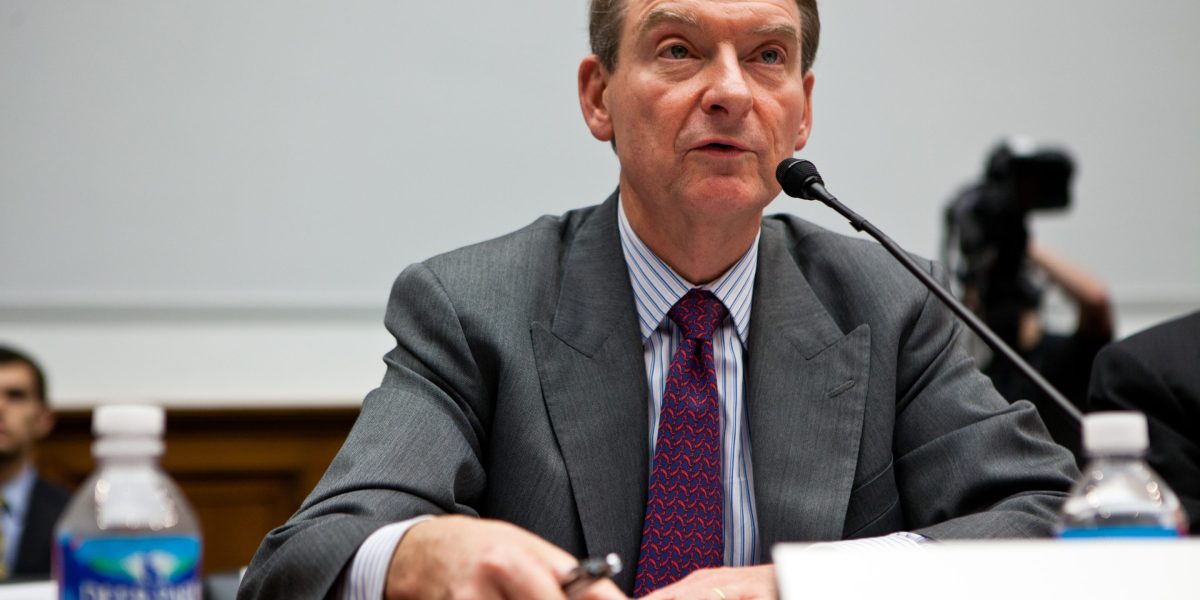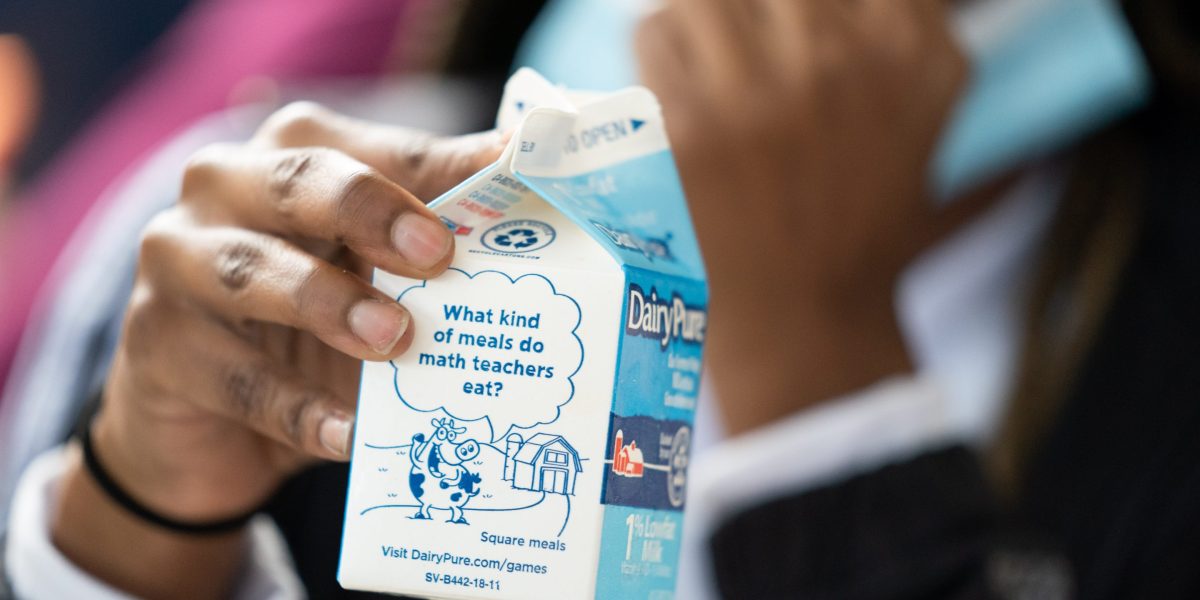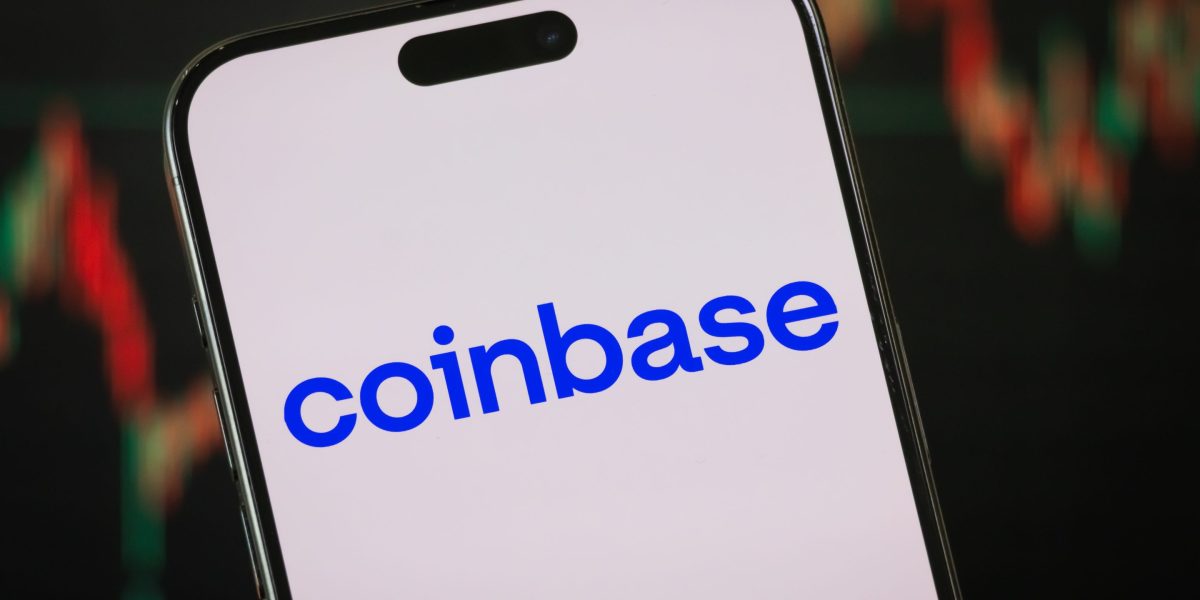More than a dozen years after higher-fat milk was stripped from school meals to slow obesity in American kids and boost their health, momentum is growing to put it back.
Federal lawmakers have revived bills that would allow whole and 2% milk to be served again in schools, in addition to the skim and low-fat milk mandated since 2012. A U.S. Senate committee hosted a hearing Tuesday on a bill that has bipartisan support.
“Kids need wholesome, nourishing food to grow strong and stay healthy, and whole milk is packed with the nutrients they need,” said Sen. John Fetterman, a Pennsylvania Democrat who is co-sponsoring the legislation.
Health Secretary Robert F. Kennedy Jr. has called the federal dietary guidelines requiring low-fat milk “antiquated” and last month encouraged “full fat/whole milk” to be used in Head Start programs for the nation’s youngest children.
The Obama-era move to require skim and low fat milk in schools was aimed at cutting kids’ consumption of saturated fat and calories, which can increase the risk of heart disease and obesity.
But some nutrition experts, lawmakers and the dairy industry argue that whole milk has been unfairly vilified, and that some studies suggest kids who drink whole milk are less likely to have obesity. Critics also contend that many children don’t like the taste of lower-fat milk and don’t drink it, leading them to miss valuable nutrients.
Here’s what you need to know about the debate over whole milk in school meals:
Why was whole milk removed from school meals?
In 2010, Congress passed the Healthy, Hunger-Free Kids Act, which aimed to reduce childhood obesity and cut health risks for kids. It required school meals to include more whole grains, fruits and vegetables, protein and low-fat dairy and less sugar, sodium and fat.
Starting in 2012, whole and 2% milk was not permitted in school meals because those products are higher in saturated fat and calories than lower-fat options.
Nutrition experts said that skim and low-fat milk gave kids the benefits of necessary nutrients like calcium and Vitamin D with less fat and fewer calories.
How are school meal guidelines set?
The U.S. Agriculture Department sets nutrition guidelines for the national school lunch and breakfast programs, which serve nearly 30 million students each school day.
The nutrition standards are required to meet the federal Dietary Guidelines for Americans, which are reviewed and revised every five years. Since 1985, those guidelines have recommended that Americans older than age 2 consume low-fat or fat-free dairy.
The 2025-2030 dietary guidelines are set for revision this year under a joint effort by USDA and the Department of Health and Human Services. A panel of scientific experts who reviewed evidence regarding milk fat content recommended that the U.S. policy remain the same.
One reason was that research has shown changes in the federal nutrition program after the 2010 law have slowed the rise in obesity among U.S. kids — even teenagers, said Deanna Hoelscher, a nutrition expert and researcher at the University of Texas Health Science Center who served on the dietary guidelines committee.
“We didn’t find enough definitive evidence to change a policy that’s been in place that has shown good outcomes to date,” Hoelscher said.
Although there was limited evidence that consuming higher-fat dairy rather than lower-fat dairy could benefit very young children, there wasn’t enough evidence to make a conclusion for older kids and teens, she said. There were “substantial concerns” with the consistency, quantity and risk of bias in the existing research, the report concluded.
What’s behind the push for whole milk in schools?
Some nutrition experts point to recent research suggesting that kids who drink whole milk could be less likely to be overweight or develop obesity than children who drink lower-fat milk. One 2020 review of 28 studies suggested that the risk was 40% less for kids who drank whole milk rather than reduced-fat milk, although the study authors noted that the research couldn’t say whether milk consumption was the reason.
One top nutrition expert, Dr. Dariush Mozaffarian of Tufts University, noted that the dietary guidelines panel found “no evidence that whole fat dairy is worse than low-fat dairy,” but they retained the recommendations, citing the need for more research.
“Saturated fat in dairy has not been linked to any adverse health outcomes,” Mozaffarian said.
The pending bills in Congress stipulate that milk fat would not be considered as part of the saturated fat limits required in school meals. That’s because the saturated fatty acids in dairy have a different composition than beef fat, Mozaffarian said, adding that dairy has other beneficial compounds that could offset theoretical harms.
In addition, Mozaffarian noted current USDA guidelines ban whole milk but allow skim and low-fat chocolate and other flavored milk sweetened with added sugars. Last year, the USDA agreed to limit added sugars in school foods for the first time.
Dairy industry advocates say participation in school meals programs and consumption of milk have declined since whole milk was removed.
What’s next?
The USDA and HHS must issue the new dietary guidelines this year. Kennedy and Agriculture Secretary Brooke Rollins have said they are conducting “a line-by-line review” of the scientific report issued under the previous administration — but whether that means a new acceptance of whole milk remains unclear.
Versions of the “Whole Milk for Healthy Kids Act” are pending in both chambers of Congress.
This story was originally featured on Fortune.com
Source link


 Entertainment8 years ago
Entertainment8 years ago
 Politics8 years ago
Politics8 years ago
 Entertainment8 years ago
Entertainment8 years ago
 Entertainment8 years ago
Entertainment8 years ago
 Tech8 years ago
Tech8 years ago
 Tech8 years ago
Tech8 years ago
 Tech8 years ago
Tech8 years ago
 Politics8 years ago
Politics8 years ago






